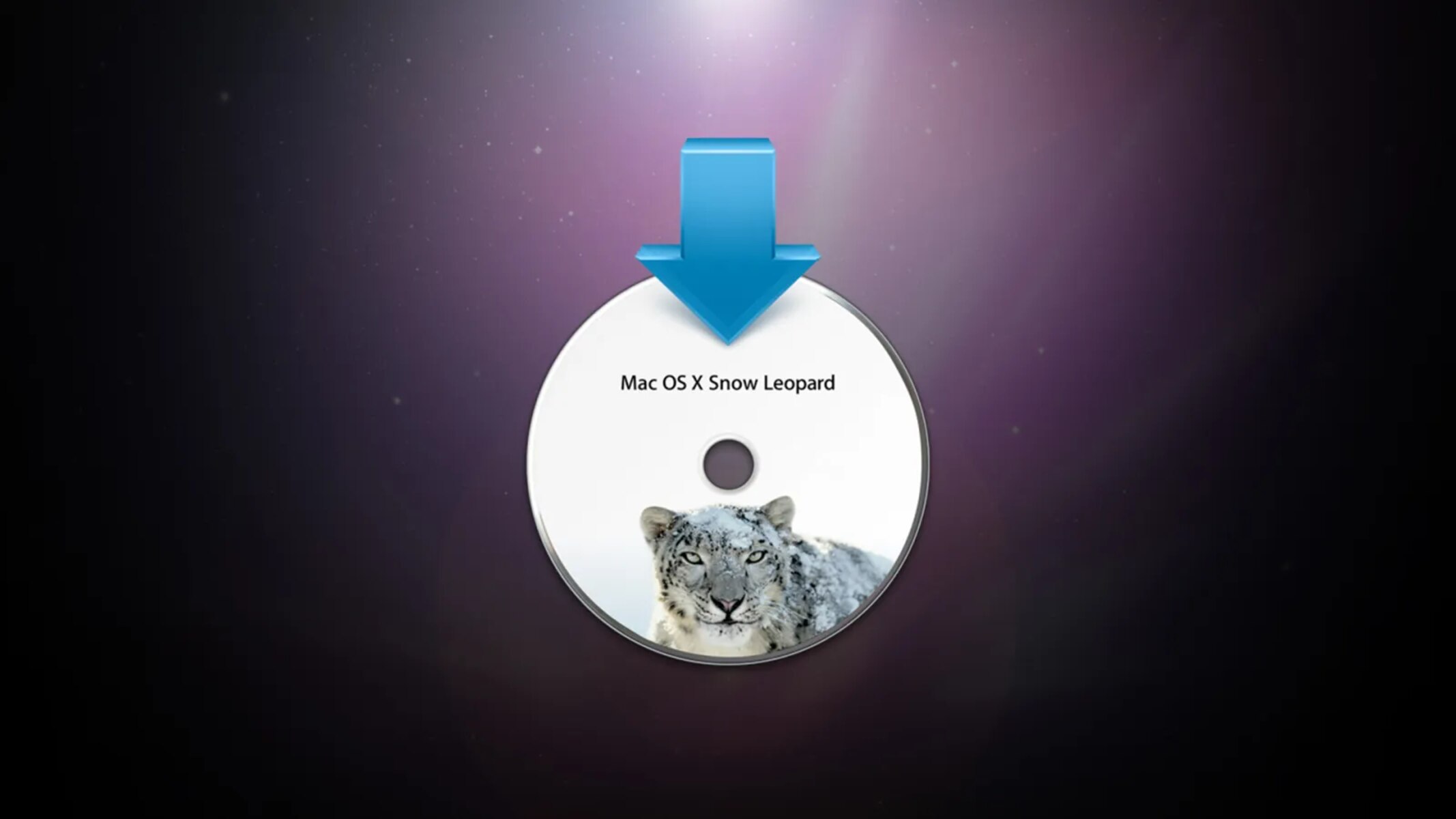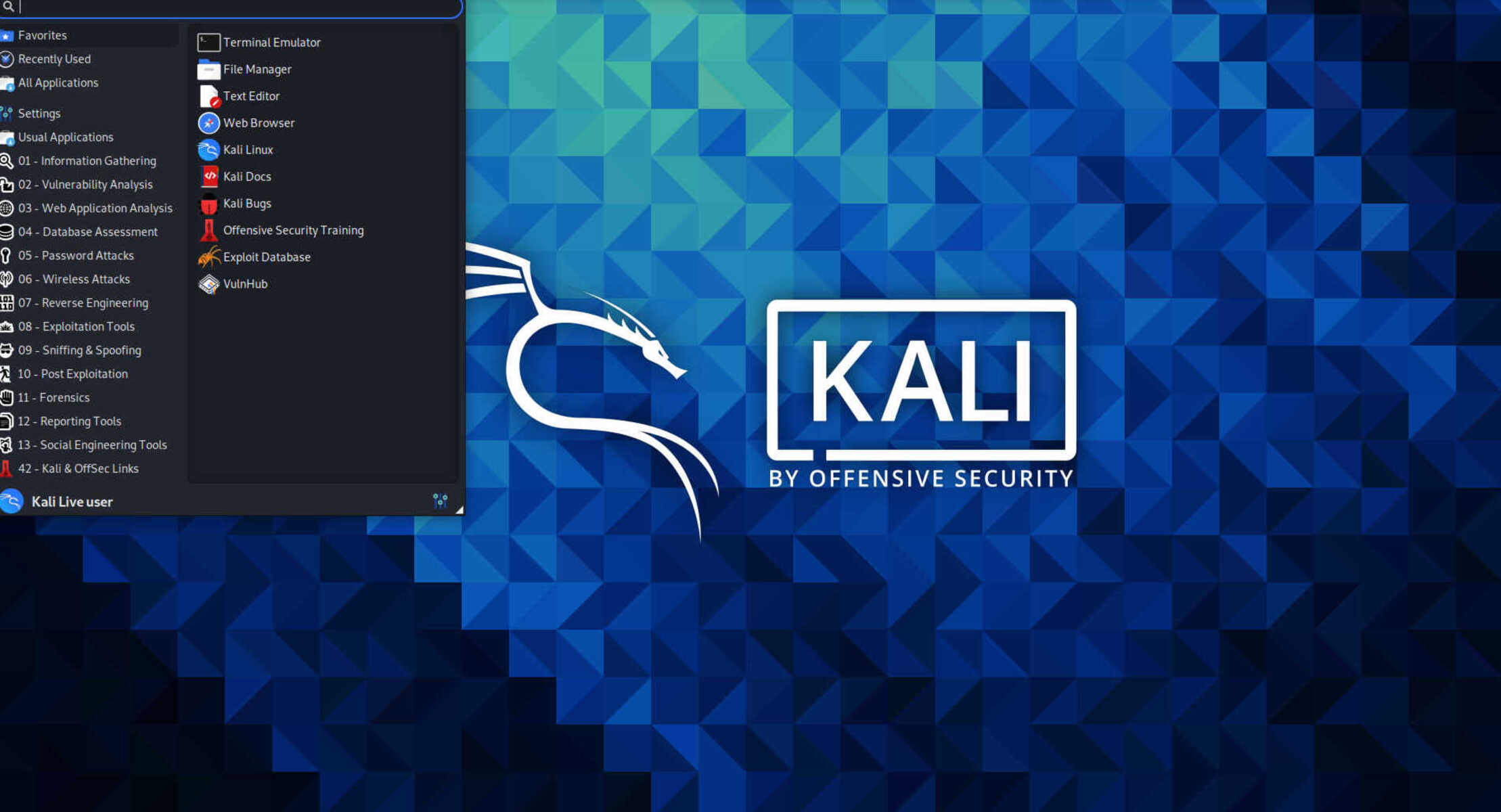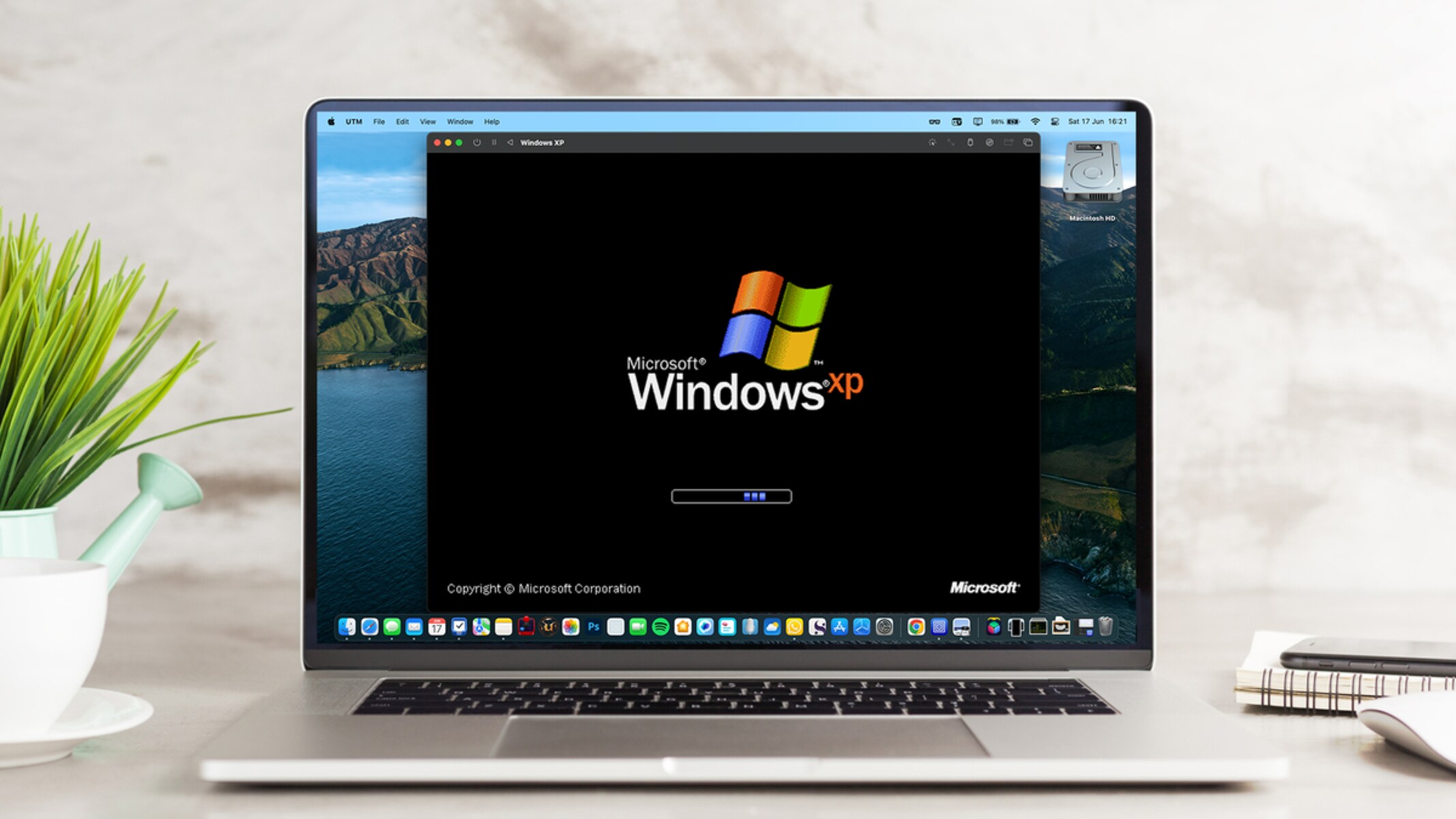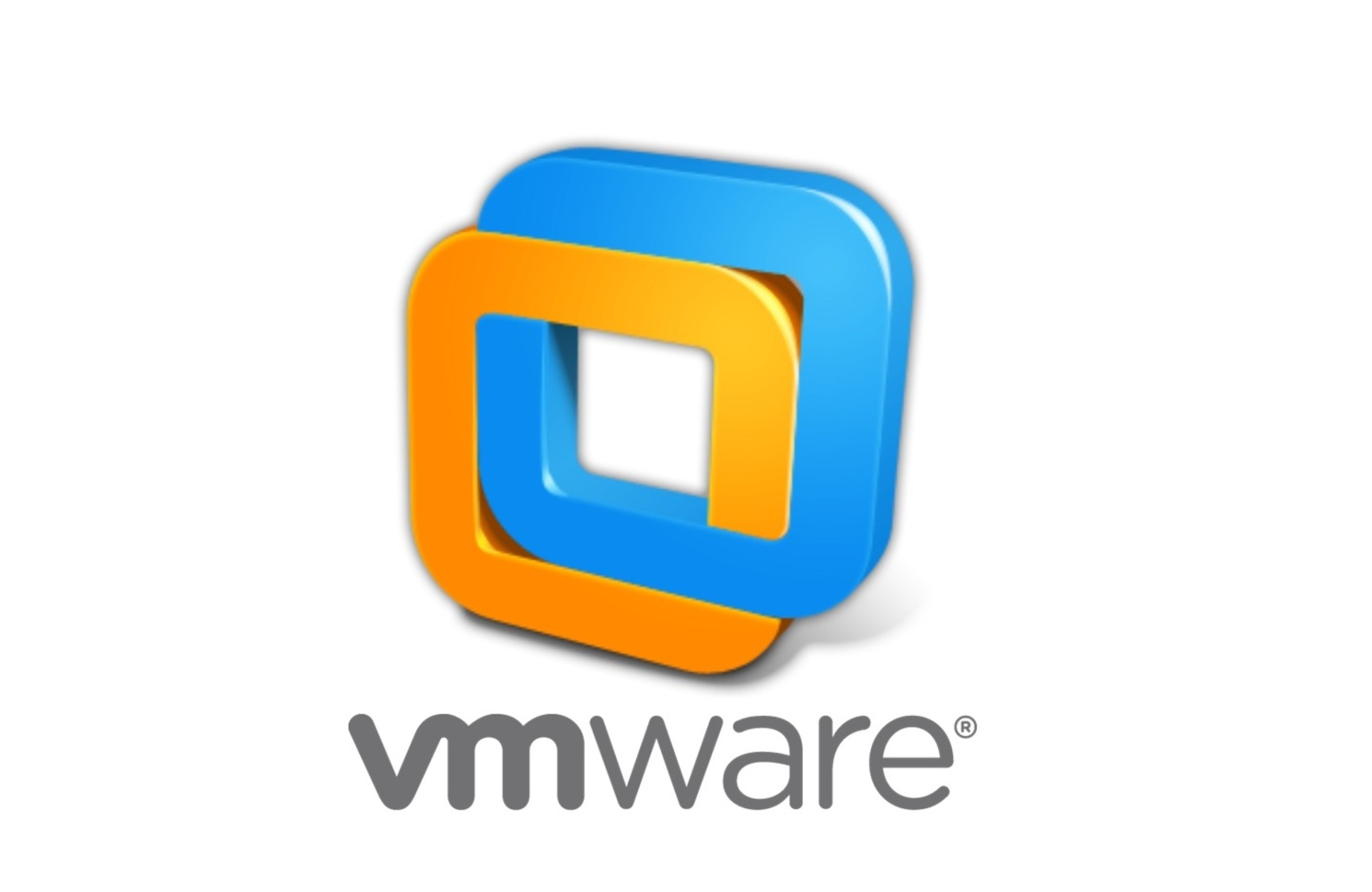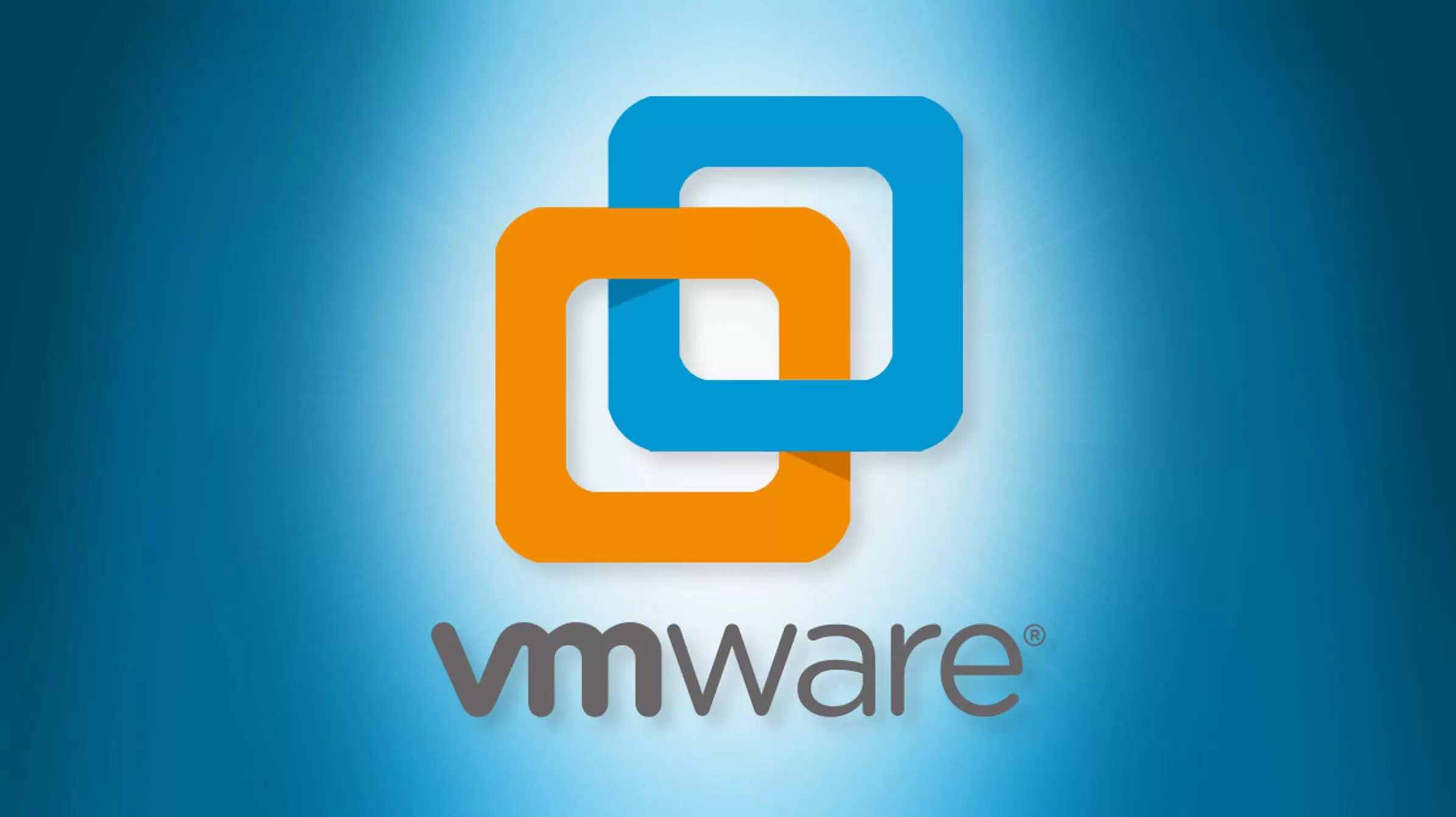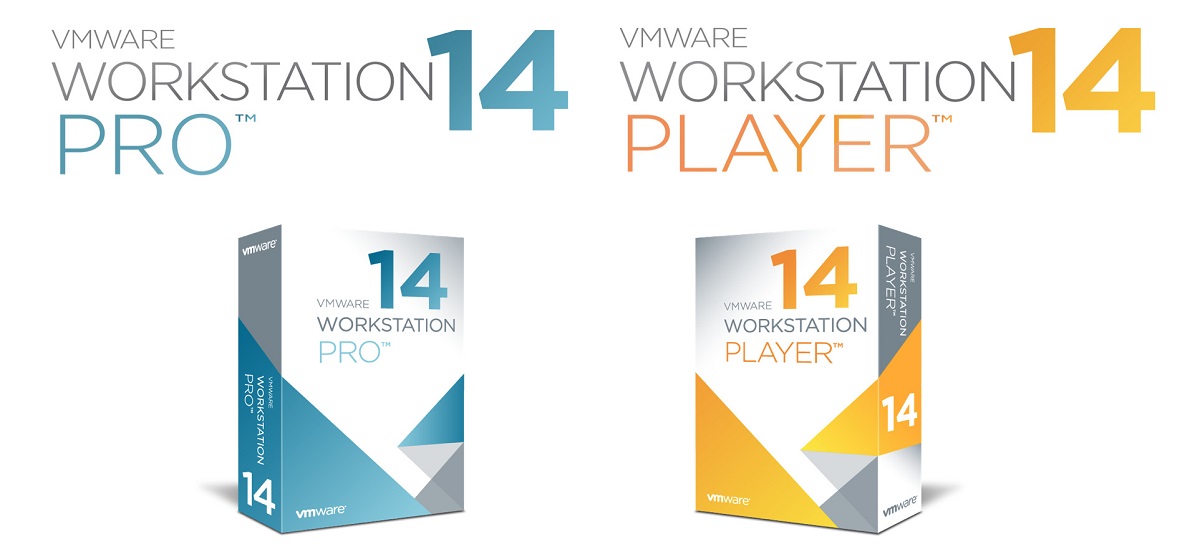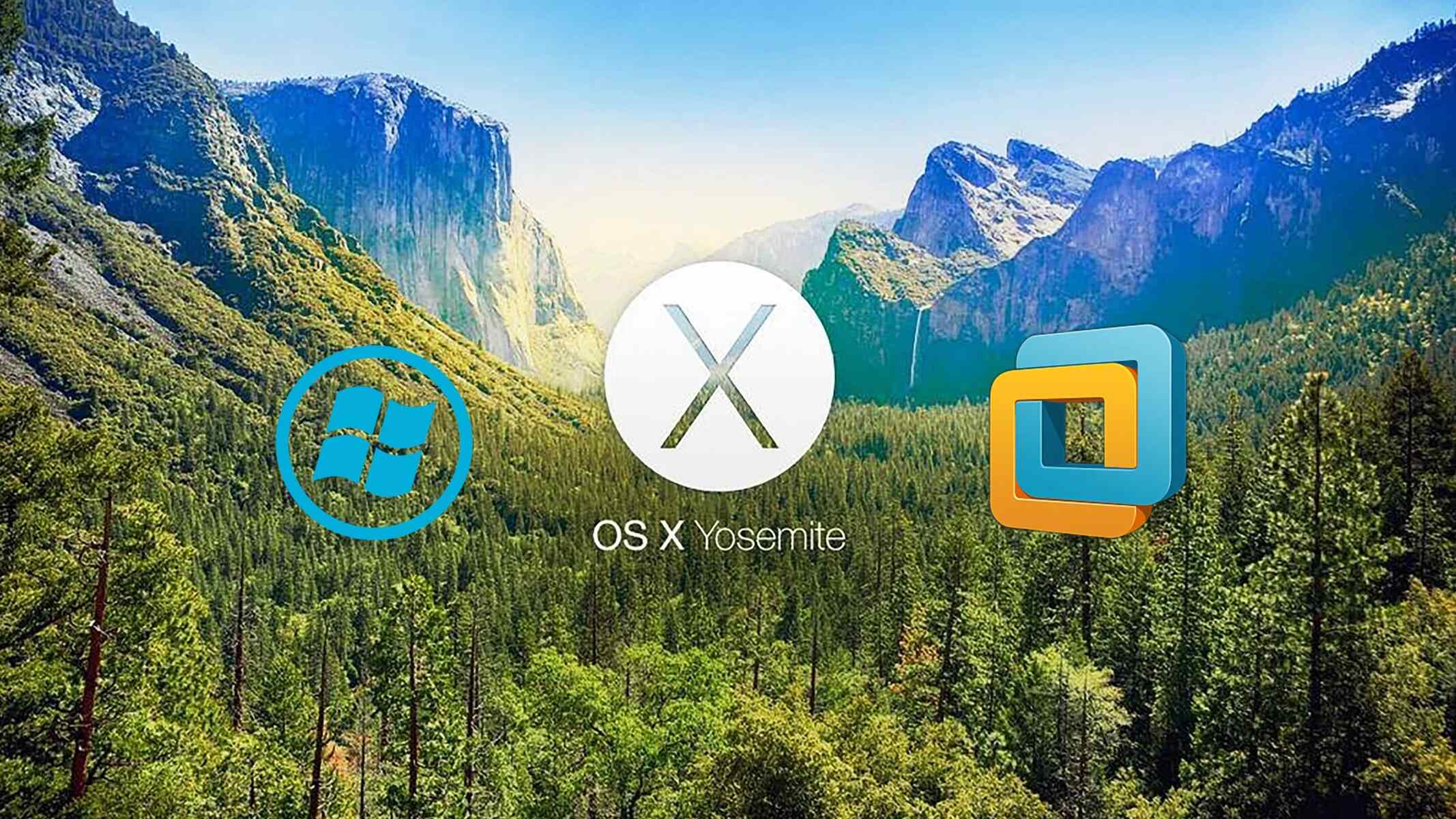Introduction
VMware Workstation 12 is a powerful tool that allows users to create, manage, and run virtual machines on their local computers. Whether you are a developer, IT professional, or an enthusiast looking to experiment with different operating systems, VMware Workstation provides a convenient and efficient solution.
However, as you start working with multiple virtual machines or running resource-intensive applications, you may notice a decrease in performance. Slow virtual machine startup times, sluggish response, and high CPU usage can hinder your productivity. To overcome these challenges, it is important to optimize your VMware Workstation setup and make the most out of your host system’s resources.
In this guide, we will explore various methods to speed up VMware Workstation 12 and optimize its performance. We will cover system requirements and prerequisites, host and virtual machine configuration tweaks, enabling virtualization technology, optimizing storage performance, and keeping your software up to date.
By implementing these optimization techniques, you can significantly enhance the performance and responsiveness of your virtual machines, allowing you to work more efficiently and effectively.
So, without further ado, let’s dive into the details and discover how to speed up VMware Workstation 12!
System Requirements and Prerequisites
Before diving into the optimization techniques, it is important to ensure that your host system meets the necessary hardware and software requirements for running VMware Workstation 12 smoothly. By meeting these requirements, you lay a solid foundation for achieving optimal performance.
Here are the recommended system requirements for VMware Workstation 12:
- Host Operating System: Windows 7 or later, or Linux with a 64-bit Intel or AMD processor
- Processor: 2 GHz or faster dual-core processor
- RAM: 4 GB or more
- Hard Disk Space: 1.5 GB of available disk space for the application and additional space for virtual machines
- Display Resolution: 1024×768 or higher
In addition to meeting the system requirements, there are a few prerequisites that you should consider:
- Ensure Hardware Virtualization is Enabled: Enable hardware virtualization technology (Intel VT-x or AMD-V) in your computer’s BIOS. This feature allows virtual machines to directly access the CPU, resulting in better performance.
- Keep Host System Drivers Updated: Regularly update your host system’s drivers, especially the graphics and network drivers. This helps improve overall stability and compatibility with VMware Workstation.
- Allocate Sufficient Disk Space: Make sure you have enough free disk space to accommodate the virtual machines you plan to run. Lack of disk space can impact performance and may lead to errors during the virtual machine creation process.
- Disable Resource-Hungry Applications: Close any unnecessary applications running in the background, as they can consume system resources and affect VMware Workstation performance. It is also advisable to disable antivirus and other security software temporarily, as they might interfere with virtual machine operations.
By meeting the system requirements and addressing the necessary prerequisites, you create an optimal environment for running VMware Workstation 12, ensuring smooth and efficient virtual machine operations.
Optimizing Host System Configuration
To maximize the performance of VMware Workstation 12, it is essential to optimize the configuration of your host system. By making a few adjustments, you can allocate resources efficiently and provide a smooth virtual machine experience.
Here are some tips to optimize the host system configuration:
- Keep the Host Operating System Updated: Regularly update your operating system with the latest patches and updates. This ensures that your host system is equipped with the latest security fixes and performance enhancements.
- Close Resource-Intensive Applications: Before launching VMware Workstation, close any resource-intensive applications running on your host system. These applications can compete for resources and impact the performance of your virtual machines.
- Optimize Power Settings: Adjust your host system’s power settings to high-performance mode. This prevents the system from entering power-saving modes that could affect the performance of your virtual machines.
- Configure Antivirus Exclusions: Add exclusions to your antivirus software for VMware Workstation and the directory where your virtual machines are stored. This prevents the scanning of virtual machine files, which can slow down performance during virtual machine operations.
- Disable Unnecessary Services: Disable unnecessary services and background processes that are not required for VMware Workstation. This helps free up system resources and improves overall performance.
- Allocate Sufficient RAM: Allocate an appropriate amount of RAM to both your host system and virtual machines. Insufficient RAM can cause performance bottlenecks and slowdowns. Ideally, reserve enough RAM to comfortably run your host operating system and all your virtual machines simultaneously.
- Defragment Host System Drives: Regularly defragment the drives on your host system to optimize disk access and improve performance.
- Disable Visual Effects: Disable unnecessary visual effects on your host system, such as animations and transparency, to reduce the strain on system resources and improve overall performance.
By following these optimization techniques, you can create an ideal environment for running VMware Workstation 12 on your host system. These adjustments will help maximize performance and ensure a seamless experience when working with your virtual machines.
Adjusting VMware Workstation Settings
To further enhance the performance of VMware Workstation 12, it is important to adjust certain settings within the application. These settings allow you to allocate resources efficiently and optimize the virtual machine experience.
Here are some settings to consider adjusting:
- Processor and Memory: In the VMware Workstation preferences, you can allocate the number of processor cores and the amount of memory that each virtual machine can utilize. Adjust these settings based on the requirements of your virtual machines and the available resources on your host system. Be cautious not to allocate too many resources, as it may strain the host system and degrade performance.
- Virtual Machine Startup and Shutdown: Configure the virtual machine startup and shutdown settings to optimize the boot time and reduce overall startup delays. You can specify whether to power on virtual machines at host system startup and customize the order in which they start up.
- Shared and Guest Folders: Enable shared folders and guest folder access to enhance file transfer between your host system and virtual machines. This eliminates the need to transfer files through external media or network shares and improves efficiency.
- Clipboard and Drag-and-Drop: Enable the ability to share the clipboard and enable drag-and-drop functionality between the host system and virtual machines. This simplifies the transfer of information and files, improving productivity and eliminating the need for manual transfers.
- Graphics Acceleration: Enable hardware-based 3D graphics acceleration within VMware Workstation to enhance the performance of graphics-intensive applications running in your virtual machines.
- Network Adapter Types: Select the appropriate network adapter type in your virtual machines based on your network configuration. Choosing the right adapter can improve network performance and reduce latency.
- USB Passthrough: Enable USB passthrough to allow direct access to USB devices from your virtual machines. This is useful when working with USB dongles, external storage, or other USB-based peripherals.
- AutoProtect: Enable AutoProtect to automatically take snapshots of your virtual machines at specified intervals. This protects against data loss and allows you to easily revert to a previous state if needed.
By adjusting these VMware Workstation settings, you can optimize the performance and efficiency of your virtual machines. Carefully consider the requirements of your virtualized environments and tailor the settings accordingly to achieve the best performance results.
Allocating Adequate System Resources
Properly allocating system resources is crucial for ensuring optimal performance when working with VMware Workstation 12. By distributing resources effectively, you can prevent bottlenecks and provide a smooth virtual machine experience.
Consider the following tips for allocating system resources:
- CPU Allocation: Divide processor cores among your virtual machines to ensure that each machine receives an adequate share of processing power. Avoid assigning all cores to a single virtual machine, as this can lead to resource contention and reduced performance for other running virtual machines.
- Memory Allocation: Allocate memory to your virtual machines based on their specific requirements. Consider the amount of RAM required by the host system and other running applications, and distribute the remaining available memory accordingly among the virtual machines. Be mindful not to overcommit memory, as it can lead to excessive swapping and performance degradation.
- Disk Storage Allocation: Allocate sufficient disk space for each virtual machine, taking into account the requirements of the guest operating systems and applications. Split the virtual disks into multiple files, rather than creating one large disk file, as it improves read/write performance. Consider using SSDs or faster storage options for improved disk I/O operations.
- Network Bandwidth: Monitor and adjust network bandwidth allocation to ensure smooth connectivity for each virtual machine. Divide available network bandwidth based on the needs of your virtualized environments to prevent congestion and ensure efficient network operations.
- Shared Resources: If you are running multiple virtual machines simultaneously, consider enabling resource sharing options provided by VMware Workstation. These settings allow you to prioritize CPU and memory resources among the virtual machines, ensuring that critical machines receive the necessary resources during periods of high demand.
- Dynamic Resource Allocation: Enable dynamic resource allocation features, such as VMware vSphere Distributed Resource Scheduler (DRS) or VMware Workstation’s VMotion, to automatically balance resource allocation across multiple host systems. This allows for better utilization of resources and improved performance.
By properly allocating resources, you can optimize the performance of your virtual machines and avoid resource contention. Regularly monitor resource usage and adjust allocations as necessary to ensure that all virtual machines have adequate access to the necessary resources.
Enabling Virtualization Technology
Enabling virtualization technology in your host system is crucial for optimizing the performance of VMware Workstation 12. This feature allows VMware Workstation to make use of hardware-assisted virtualization, resulting in improved performance and reduced overhead.
Here are the steps to enable virtualization technology:
- Check Processor Support: Verify if your processor supports hardware virtualization technology. Most modern processors from Intel and AMD have this feature. You can refer to your processor’s documentation or manufacturer’s website to confirm compatibility.
- Access BIOS/UEFI Settings: Restart your computer and access the BIOS or UEFI settings. The key to enter these settings varies depending on your computer manufacturer and model. Common keys are F2, Del, Esc, or F10.
- Find Virtualization Settings: Within the BIOS/UEFI settings, look for options related to virtualization. These settings may be located under different sections, such as “Advanced,” “Processor,” or “Security.” Common terminology to look for includes “Intel Virtualization Technology (VT-x)” for Intel processors and “AMD Virtualization (AMD-V)” for AMD processors.
- Enable Virtualization Technology: Once you find the virtualization settings, enable the corresponding option. The setting may be named “Enabled,” “On,” or similar, depending on your BIOS/UEFI interface.
- Save and Exit: After enabling virtualization technology, save your changes and exit the BIOS/UEFI settings. Your computer will restart.
- Verify Virtualization Support: Once your computer restarts, verify if virtualization technology has been successfully enabled. You can use third-party tools like CPU-Z or VMware’s Processor Check for 64-Bit Compatibility to confirm the status of virtualization support on your system.
Enabling virtualization technology on your host system unlocks the full capabilities of VMware Workstation 12. It allows for faster virtual machine operations, improved performance, and better utilization of system resources.
Note that if you are running VMware Workstation within a virtual machine, you may require nested virtualization support from your host system. Make sure to check the documentation and requirements specific to your virtualization platform and adjust your settings accordingly.
By following these steps and enabling virtualization technology, you can fully harness the power of your hardware and optimize VMware Workstation performance for your virtualized environments.
Installing VMware Tools
Installing VMware Tools is an essential step in optimizing the performance and functionality of virtual machines within VMware Workstation 12. VMware Tools provides drivers, utilities, and additional features that enhance the integration between the host system and the virtual machines.
Here is the process to install VMware Tools:
- Start the Virtual Machine: Power on the virtual machine that you want to install VMware Tools on.
- Mount the VMware Tools Image: Within the VMware Workstation menu, go to the “VM” tab and select “Install VMware Tools”. This will mount the VMware Tools image to the virtual machine.
- Open the VMware Tools Image: In the virtual machine, open the VMware Tools image by navigating to the virtual CD/DVD drive and running the appropriate setup file. The setup file may be named “setup.exe” or similar.
- Begin the Installation: Follow the on-screen instructions to start the installation process. The installer may prompt you to choose the installation type, such as “Typical” or “Complete”. Select the appropriate option based on your needs.
- Complete the Installation: Continue following the prompts to complete the installation of VMware Tools. The installer will copy the necessary drivers and utilities to the virtual machine and configure the settings for improved integration.
- Reboot the Virtual Machine: Once the installation is complete, restart the virtual machine to apply the changes. After the reboot, the virtual machine will have improved graphics, mouse synchronization, and other important features.
- Verify VMware Tools Installation: After the virtual machine has restarted, confirm that VMware Tools is installed and running. You can check the system tray or taskbar of the guest operating system for the VMware Tools icon. Alternatively, you can navigate to the “VM” tab in VMware Workstation and check if the “Reinstall VMware Tools” option is greyed out.
Installing VMware Tools ensures proper communication between the host system and the virtual machine, leading to enhanced display resolution, mouse integration, clipboard sharing, and more efficient use of system resources.
Remember to repeat the installation process for each virtual machine within your VMware Workstation environment to take full advantage of the benefits provided by VMware Tools.
Configuring Virtual Machines
Configuring virtual machines properly is crucial for achieving optimal performance and efficiency in VMware Workstation 12. By adjusting the settings and configurations of your virtual machines, you can enhance their performance and customize them to meet your specific needs.
Consider the following tips when configuring your virtual machines:
- Virtual Machine Hardware: Customize the virtual machine hardware settings to match the requirements of the guest operating system and the applications you plan to run. Adjust settings such as memory, CPU, network adapters, and virtual disk sizes to ensure they meet the needs of each virtual machine.
- Operating System Optimization: Optimize the guest operating system by installing the latest updates, patches, and drivers. Adjust system settings, such as power management and visual effects, for better performance within the virtual machine.
- Snapshots and Backups: Take advantage of VMware Workstation’s snapshot feature to capture the state of your virtual machines at different points in time. This allows you to easily revert to a previous state if needed. Additionally, regularly back up your virtual machine files to protect against data loss.
- Networking Configuration: Configure networking settings based on your requirements. Choose the appropriate network connection type, such as Bridged, NAT, or Host-only, depending on your network setup. Adjust network bandwidth limits and settings to ensure reliable and efficient communication between virtual machines and the host system.
- Optimize Display Settings: Adjust the display settings of your virtual machines to achieve the desired resolution and color depth. Enable features like accelerated 3D graphics and hardware acceleration when necessary for graphics-intensive applications.
- Virtual Machine Templates: Utilize virtual machine templates to streamline the process of creating new virtual machines. Create a base configuration with all essential settings, then clone or create new virtual machines from this template to save time and ensure consistency.
- Resource Sharing: Utilize resource sharing options within VMware Workstation to prioritize CPU and memory resources among virtual machines. Determine the importance of each virtual machine and allocate resources accordingly to ensure critical machines receive the necessary resources during periods of high demand.
- Guest Additions: Install guest additions or integration tools specific to the guest operating systems you are using. These tools provide drivers and utilities to enhance the overall performance and functionality of the virtual machines.
By configuring your virtual machines effectively, you can tailor them to your specific requirements and improve their performance within VMware Workstation 12. Take the time to fine-tune each virtual machine’s settings and ensure they are optimized for the desired workloads and applications.
Optimizing Storage Performance
Optimizing storage performance is critical for achieving smooth and efficient operations within VMware Workstation 12. By implementing optimization techniques for storage, you can enhance the performance and responsiveness of your virtual machines.
Consider the following tips for optimizing storage performance:
- Use Solid State Drives (SSDs): If possible, use SSDs as the storage medium for your virtual machines. SSDs offer significantly faster read and write speeds compared to traditional hard disk drives (HDDs), resulting in improved overall performance.
- Allocate Adequate Disk Space: Ensure that each virtual machine has sufficient disk space allocated. Lack of disk space can impact performance and cause errors during virtual machine operations. Regularly monitor and manage the disk space usage of your virtual machines.
- Defragment Virtual Disks: Periodically defragment the virtual disks of your virtual machines. Disk fragmentation can occur over time and negatively impact read and write speeds. Use the built-in defragmentation tools within the guest operating system to maintain optimal disk performance.
- Store Virtual Disks on Separate Drives: Whenever possible, store virtual disks on separate physical drives or storage devices. This helps distribute read and write operations, reducing contention and improving performance.
- Thin Provisioning: Use thin provisioning for virtual disks whenever suitable. Thin provisioning allows you to allocate storage on demand, optimizing space utilization and improving performance.
- Snapshot Management: Be mindful of snapshot usage and management. While snapshots are useful for capturing virtual machine states, having too many snapshots or maintaining snapshots for extended periods can impact performance and consume significant disk space. Regularly review and consolidate snapshots to optimize storage performance.
- Utilize Storage I/O Control: If you are utilizing a shared storage environment, take advantage of VMware’s Storage I/O Control feature. This feature allows you to prioritize and regulate storage resources among virtual machines, ensuring that critical workloads receive the necessary performance during times of contention.
- Monitor Disk Performance: Regularly monitor disk performance metrics to identify potential bottlenecks or performance issues. Monitor metrics such as disk latency, IOPS (Input/Output Operations per Second), and throughput to identify any areas for improvement or optimization.
By implementing these optimization techniques, you can enhance storage performance within VMware Workstation 12 and ensure efficient operations for your virtual machines. Regular monitoring and proactive management of storage resources will help maintain an optimized and reliable storage environment.
Updating VMware Workstation and Guest Operating Systems
Regularly updating both VMware Workstation and the guest operating systems within your virtual machines is crucial for maintaining optimal performance, security, and compatibility. By keeping your software up to date, you can benefit from bug fixes, enhancements, and new features provided by VMware and the respective operating system vendors.
Consider the following guidelines for updating VMware Workstation and guest operating systems:
- VMware Workstation Updates: Periodically check for updates to VMware Workstation. VMware releases updates and patches to address bugs, security vulnerabilities, and compatibility issues. Make it a habit to regularly download and install the latest updates to ensure you have the most up-to-date version of the software.
- Gäst Operating System Updates: Keep the guest operating systems within your virtual machines up to date. Install the latest updates, security patches, and drivers provided by the operating system vendors. This ensures you have the latest features, stability improvements, and security fixes for your virtual machines.
- Configure Automatic Updates: Enable automatic updates for both VMware Workstation and the guest operating systems, whenever possible. Automatic updates ensure that you receive the latest updates without manual intervention, helping you stay protected and optimized.
- Verify Compatibility: Before installing updates, ensure that they are compatible with your version of VMware Workstation and the guest operating systems. Check the release notes or compatibility guides provided by VMware and the operating system vendors to ensure smooth compatibility.
- Test Updates in a Non-Production Environment: Before applying updates in a production environment, test them in a non-production or test environment. This allows you to verify compatibility, stability, and performance with your specific virtual machine configurations before rolling out updates to critical systems.
- Backup Virtual Machines: Prior to applying updates, create a backup of your virtual machines. This ensures that you have a restore point in case any issues arise during the update process. Backups provide a safety net and peace of mind when performing updates and changes to your virtual machines.
- Monitor New Releases: Stay informed about new releases and updates for VMware Workstation and the guest operating systems. Subscribe to vendor mailing lists, follow relevant forums and blogs, and set up notifications to receive alerts when new updates are available. This enables you to stay proactive in keeping your virtual machine environment up to date.
By regularly updating VMware Workstation and the guest operating systems, you ensure that your virtual machines are secure, optimized, and compatible with the latest features and enhancements. This not only helps improve performance but also provides a solid foundation for continued productivity and stability within your virtualized environment.
Conclusion
In conclusion, optimizing the performance of VMware Workstation 12 is essential for ensuring a smooth and efficient virtual machine experience. By following the tips and techniques outlined in this guide, you can maximize the potential of your host system and virtual machines, providing better performance, responsiveness, and overall productivity.
We started by understanding the system requirements and prerequisites, ensuring that your host system meets the necessary hardware and software criteria for running VMware Workstation 12. We then delved into optimizing the host system configuration, adjusting settings, and allocating system resources appropriately.
Enabling virtualization technology and installing VMware Tools were critical steps in enhancing the performance and functionality of the virtual machines. We emphasized the importance of configuring virtual machines, optimizing storage performance, and keeping VMware Workstation and guest operating systems up to date through regular updates.
As you implement these optimization techniques, always remember to consider your specific needs, workload requirements, and available hardware resources. Continuously monitor and fine-tune your setup to ensure ongoing optimization and efficiency.
By implementing these best practices, you can unlock the full potential of VMware Workstation 12, allowing you to work seamlessly with virtual machines and achieve your desired outcomes with increased speed, efficiency, and reliability.
So, dive in and start applying these optimization techniques to optimize VMware Workstation 12 for an enhanced virtual machine experience!









